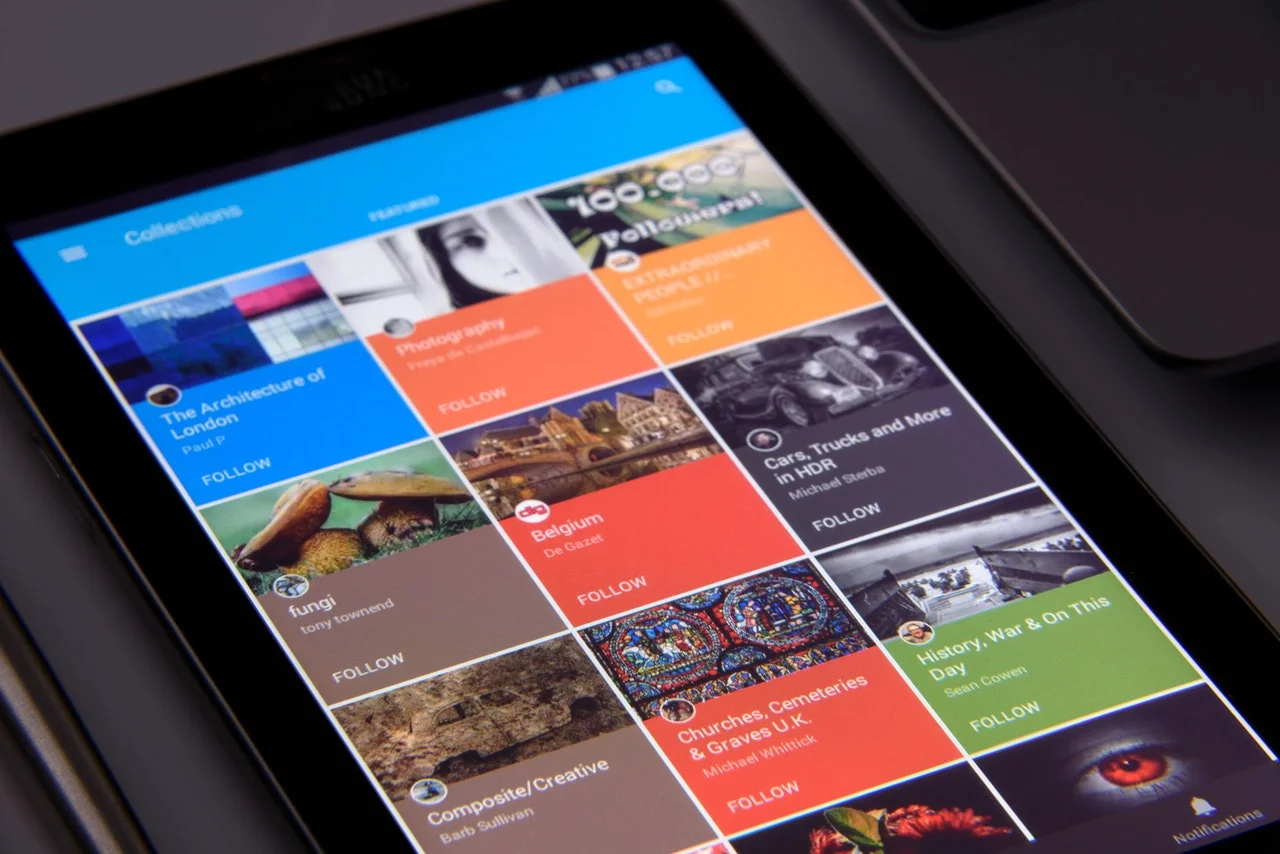Oovvuu is based on four fundamental truths:
- A billion people are watching news video today, and all indications are that they want more
- Broadcasters are making brilliant video, TV viewing is falling off and they want more distribution
- News brands worldwide need more video to satisfy the ballooning demand of their daily visitors, and
- Advertisers want brand safety and engagement at scale, and they have been spooked by Facebook and Google
This creates the opportunity for a new way to tell the news with video, at scale and with trust, in a way that satisfies the demands of today’s news consumers.
This is why Oovvuu exists.
The Oovvuu team emerged from journalism, video, business and tech on a single mission to enable publishers and broadcasters to work together on a global scale to tell the news and create a new, sustainable and profitable economy from journalism.
It’s a big vision, and if you really want the big picture, you can read our thoughts on it here, but in essence, we use technology to read articles from publishers all over the world, in real-time, and then we use the tech to watch video from trusted broadcasters, and match them together.
It means we can get any video from any broadcaster, into any relevant article, anywhere in the world, in less than a second – bringing more video news to your readers, in a cost-effective and low-touch manner.
For example, a story breaks in 1,700 news brands about NASA’s mission to Mars. Oovvuu reads all those articles the moment they are published, and then scours our publishers for the right videos.
It finds a host of brand new news clips from BBC News, Bloomberg and Al Jazeera, but it also finds long form documentaries from the BBC on how Man can survive on Mars, a 28-minute Bloomberg interview with Elon Musk, an Al Jazeera doco about Space X and a doco from Dutch broadcaster VPRO on the legals of commercialising space travel.
The outcome is that story has been told in greater depth than ever before and your viewers benefit. But so do you, because these videos all generate valuable new premium video ad inventory – the same brand safe, scaled and engaged audiences the agencies are seeking.
That is the beauty of the Oovvuu model. Everyone wins. The public gets access to video it could not previously see. Broadcasters achieve new reach. Publishers receive new trustworthy videos and new revenues from the inventory the advertisers are demanding.
By bringing the broadcast and publishing industries together under a common aim to distribute the world’s best video and journalism we can combat fake news and repatriate billions from Facebook and Google and return it to the brands who make the content.
All this is enabled by artificial intelligence. Oovvuu’s team did not come from technology, we are journalists focused on telling the news in a more compelling way, but we discovered along the way that AI gave us the ability to scale the solution globally for cents.
You don’t need to believe us, but you might want to believe:
- IBM, who analysed our technology last year and were so impressed, they funded us to teach the world’s most powerful AI supercomputer Watson how video works. Oovvuu now keynotes on its solution at Watson events all over the world and has been inducted into the IBM Global Entrepreneurs Programme
- Amazon, who realised the potential of our solution and how it uses the cloud to provide instant video distribution. They too funded Oovvuu and inducted us into their Activate programme alongside such internet giants as Airbnb and Slack
- IDC, the international research company, had 1,300 media tech analysts investigate our tech and business model before announcing us IDC Disruptor of the Year for 2017 beating 3,500 global entrants
- The 40 broadcasters who work with us, including the BBC, Bloomberg, ITV, Thomson Reuters, Al Jazeera and many more
Oovvuu is utterly focus is on creating a new sustainable future for the distribution of journalism. We believe our industry is threatened by the growth and ambitions of Facebook and Google and there needs to be a reckoning.
Individually, the world’s publishers are a sea of ants amid the elephants of Facebook and Google. Individually, you have little or no power to fight back, but together you are as big as either of them.
If the four trends at the start of this article are true, your audience, journalists, broadcasters, publishers and advertisers are aligned in a common goal to create great new products and repatriate billions back to those who matter – the content creators.
Oh, and in the nature of great drop intros, you should know our service is free. We provide it all on a revenue share, so you can only profit.






















